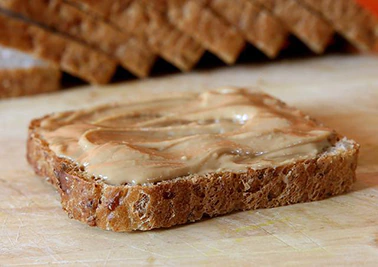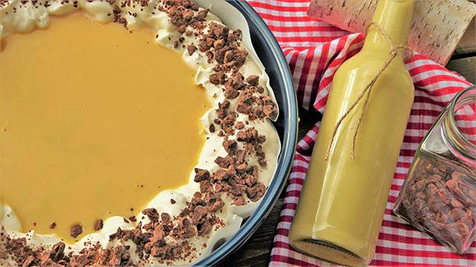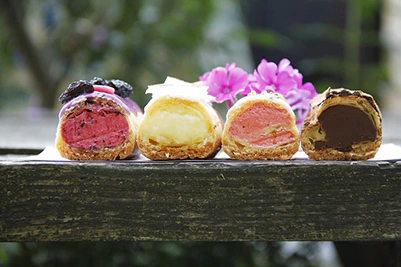| Additive Summary | Iron Oxides (E172) |
|---|---|
| Essence | Iron Oxides or E172 are various pigments of Iron that occur naturally in nature and can offer yellow, brown, red, or even black color to food, supplements, medicine, or cosmetics. |
| Names | CI 77499, CI 77491, CI 77492, Ferric oxide anhydrous, Oxoiron, CI Pigment Black 11, CI Pigment Yellow 42 and 43, CI Pigment Red 101 and 102, Lautamasse, Iron Hydroxides, CAS 1332-37-2, Iron Oxides, E172, and others. |
| Variations | E172(i) or Black Iron Oxide, E172(ii) or Red Iron Oxide, E172(iii) or Yellow Iron Oxide. |
| Sourcing | It is typically sourced from Iron powder (Ferrous Sulfate) or from aqueous solutions of Iron salts. |
| Manufacturing | Iron oxides are manufactured in a variety of different ways depending on the exact Iron Oxide necessary. For example, creating the Yellow Iron Oxide (FeO(OH)) is a matter of precipitating ferrous salt into hydrated ferric oxide by an alkali, and then oxidating it. Whereas, for example, Red Iron Oxide (Fe2O3) is created typically by applying heat (calcination at 700-800 °C) to its Yellow Iron Oxide brother. |
| Application | Coloring (yellow to red to brown to black, very water-soluble). |
| Acceptable Daily Intake | None determined. But banned in Germany. |
| Side Effects | It can contribute significantly to infertility. Additionally, it can also cause kidney and brain damage (neurotoxin). |
| Benefits | None. |
| Studies | 2,320+ studies on Pubmed. 45+ studies on safety. |
| Allergens | None. |
| Diet Restrictions | They might not be compatible with Halal. Otherwise, none. |
| Health Knight Assessment | Likely Harmful. | Category 4 Additive. |
| Products | It is used in processed foods like salmon pastes, meat pastes, vegetarian sausages, desserts, cakes, shrimp pastes, chocolates, soups, candy, licorice, sweets, food decorations, pastries, vegan sausages, ice creams, nut-based snacks, vegan hotdogs, vegetable cheeses, salads, vegan and vegetarian salami, biscuits, puddings, maize snacks, crisps and chips, chewing gum, vegetarian ham, macaroons, syrups, regular sausages, cocktail sausages, peanut butter, broths, fruit products, cereals, water-based drinks, cheeses, and others. |




Do you have info in Ferric Oxide as a color additive / coating on certain medications? The generic form of the Hep-C medication, Epclusa for instance, has ferritin oxide as a color additive. For some reason, the Name brand does not. I’m beginning treatment with this medication and ironically I already have high levels of ferritin in my liver! (I’m already very apprehensive about big pharma but have come to a point in my health where I need to start treatment). Opinion?